
Dr. Ali A. Allawi
Lec. 5
Acid-base balance &
acid-base disturbance
Thurs
4 / 12 / 2014
Published by : Ali Kareem
5102
-
5102
مكتب اشور لالستنساخ

2. respiratory acidosis
concept: The primary disturbance is an
elevation in plasma [H
2
CO
3
]
1) cause and pathogenesis
Barbital
depression of CNS head injury
① CO
2
breathe paralysis of respiratory muscles
out disease of airway or lung
chest injury
②
inhalation of CO
2
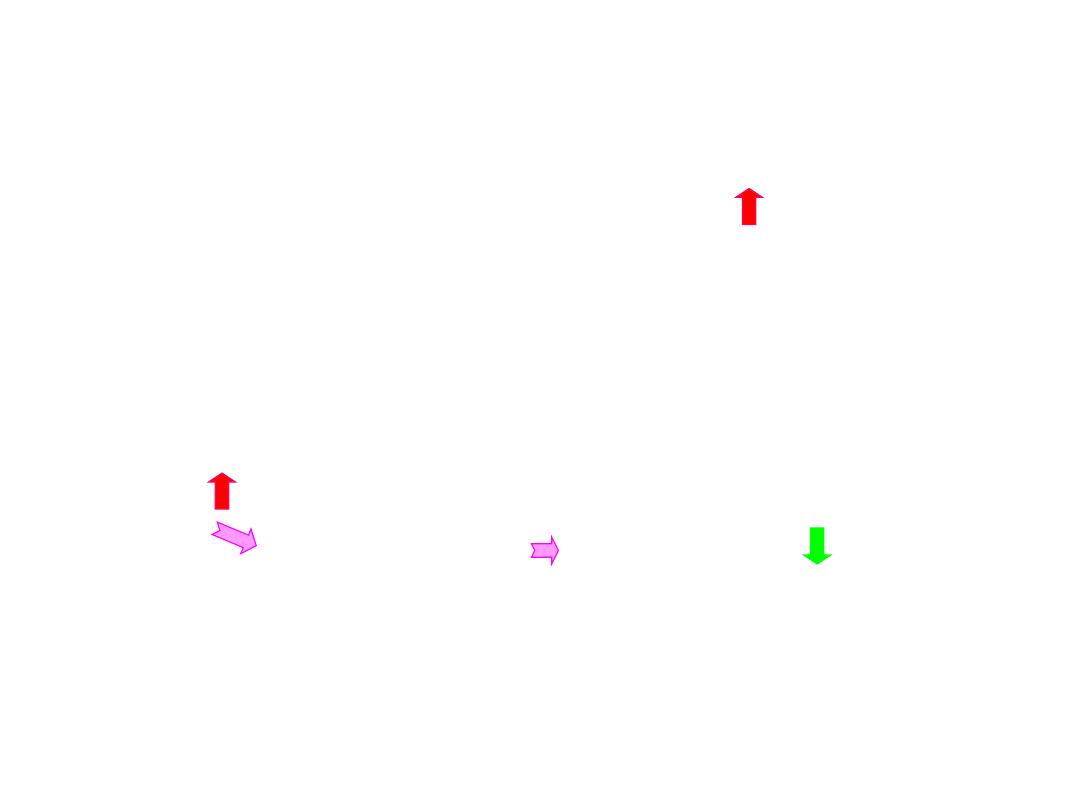
2) compensation
buffer: Hb
-
/HHb
cells: exchange of H
+
and K
+
kidney: secretion of H
+
and NH
3
3) effect on body
① CNS
CO
2
CO
2
narcosis respiration
② cardiovascular system

4) principles of treatment
3. metabolic alkalosis
concept:
the primary disturbance is
an increase of [HCO
-
3
] in the
arterial plasma
1) causes and pathogenesis
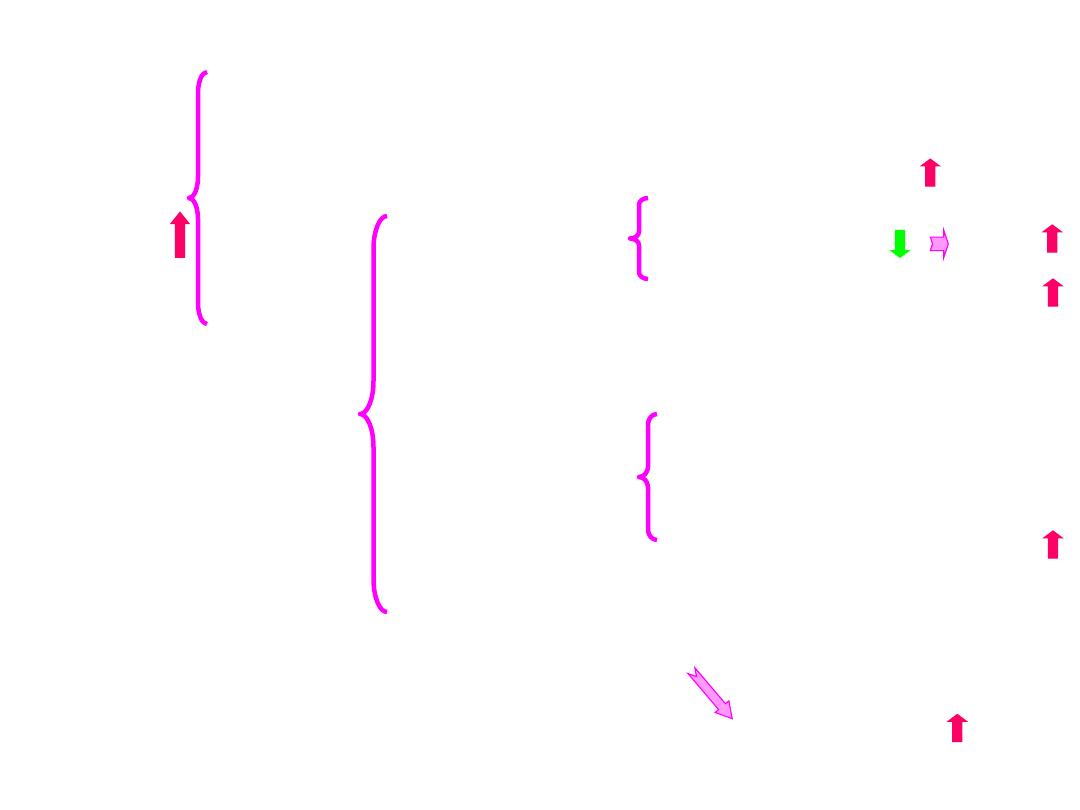
digestive tract
vomiting; gastric suction(loss of HCl)
①
loss diuretics distal flow rate
of H
+
(furosemide)
blood volume ADS
kidney
hyperaldosteronism
H
+
-
Na
+
exchange
H
+
-K
+
exchange between
Hypokalemia
intra- and extra-
cell
renal secretion of H
+
hypochloremia
renal secretion of H
+
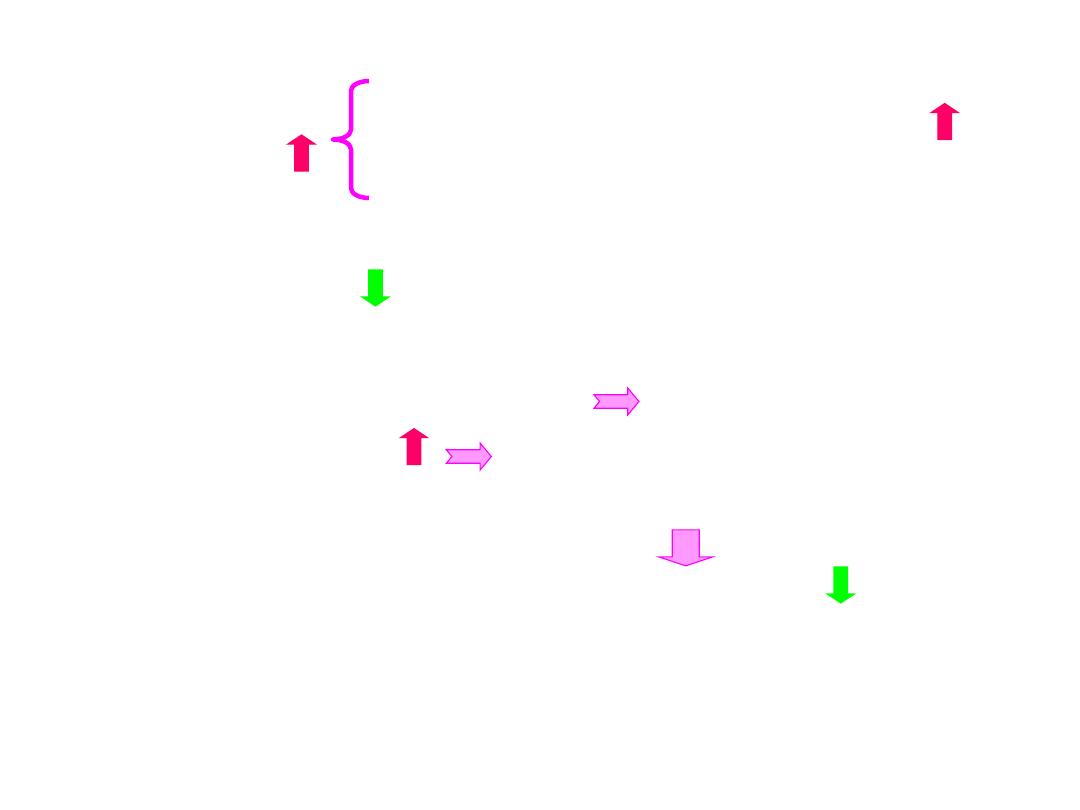
NaHCO
3
②intake transfusion of banked blood
of base (citrate)
2) compensation of the body
① respiration compensation are limited
(hypoxia)
② cells compensation hypokalemia
③ kidney pH inhibition of carbonic
anhydrase (C.A.)
secretion of H
+
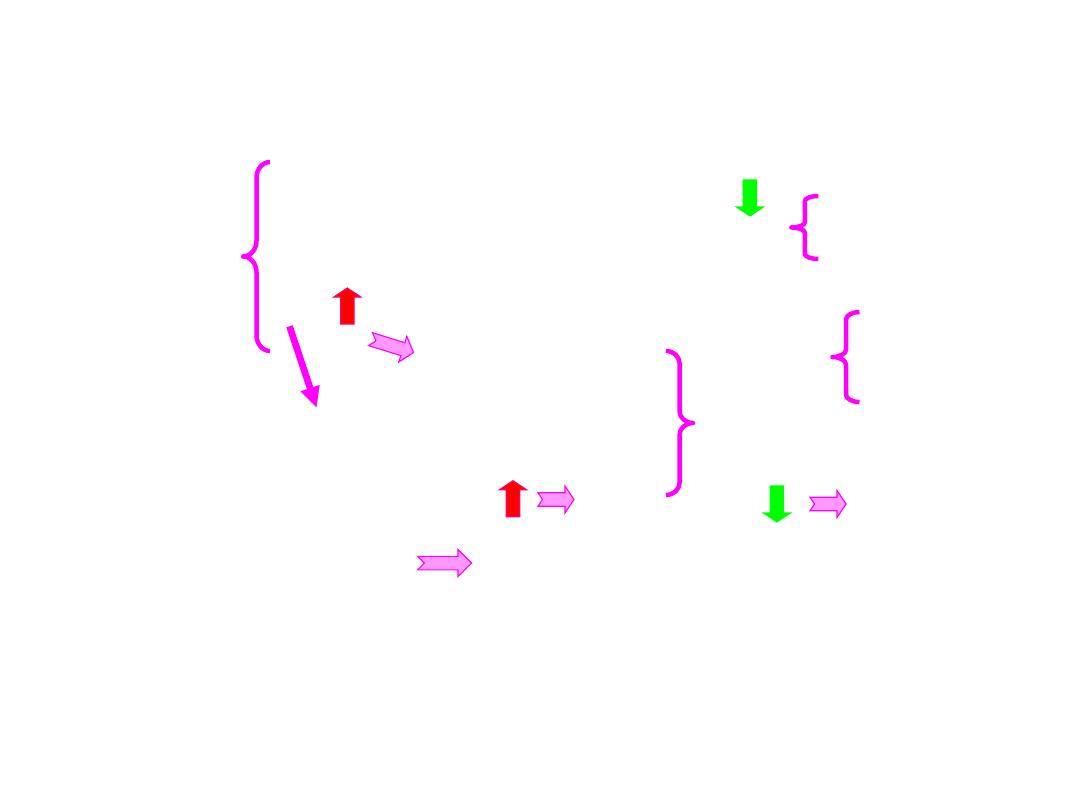
3) effects on body
inhibition of glutamate decarboxylase
① CNS γ-amino butyric acid dysphoria
insanity
pH brain-vessel
dizziness
contraction
brain
delirium
O
2
dissociation hypoxia Coma
curve shifting to left
② neuromuscle pH free Ca
2+
tic
③ hypokalemia arrhythmia

4) principles of treatment
loss of H
+
digestive tract
diuretic ; hypokalemia 0.9%NaCl; KCl
hyperaldosteronism
antisterone; diamox

4. respiratory alkalosis
concept: the primary disturbance is decrease
of [H
2
CO
3
] in plasma
1) cause and pathogenesis
hypotonic hypoxia
pneumonia
hyperventilation hysteria; fever; [NH
3
]
hyperthyroidism
misoperation of ventilator

respiration (slight inhibition)
2) compensation cells (exchange of H
+
-K
+
)
kidney secretion of H
+
3) effects on body
It is as same as metabolic alkalosis.
dizziness and convulsion are happened easily
4) principles of treatment
inhalation of 5%CO
2
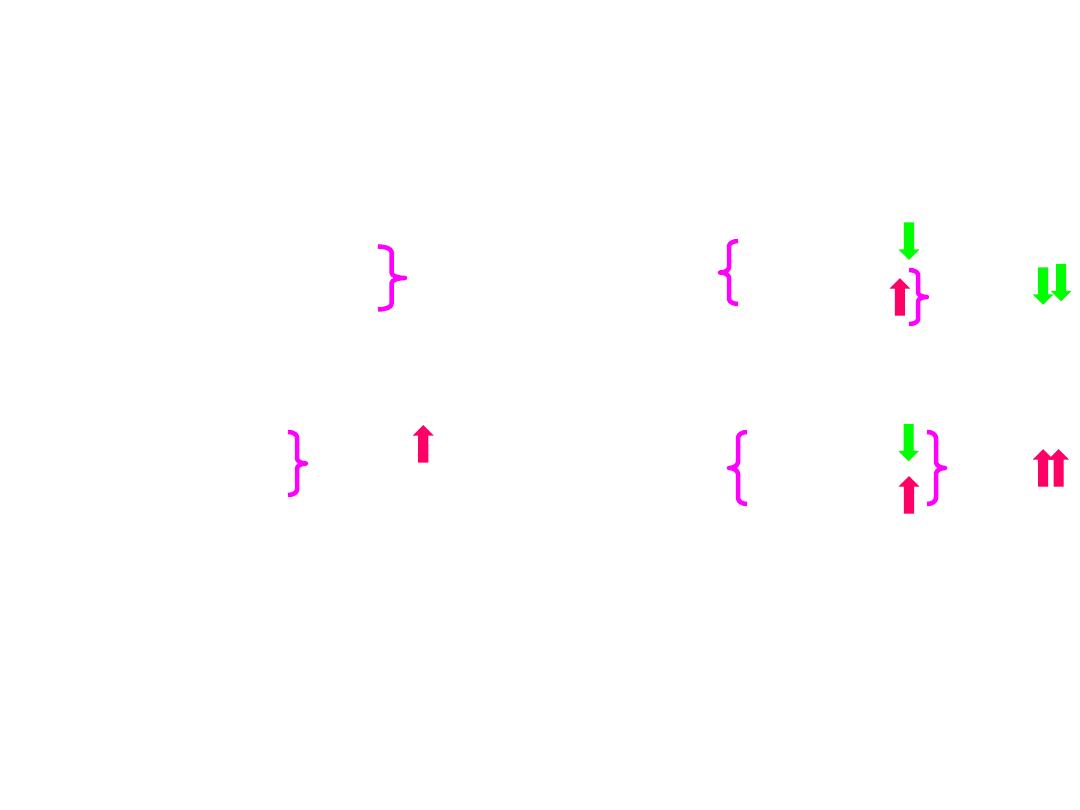
IV. Mixed acid-base disturbance
1. dual acid-base disturbance
1)
metabolic acidosis
plus
respiratory acidosis
heart beat [HCO
-
3
]
respiration
stop
character
PaCO
2
pH
2) metabolic alkalosis
plus
respiratory
alkalosis
hepatic NH
3
PaCO
2
failure diuretic
character
[HCO
-
3
]
pH
3) respiratory acidosis
plus
metabolic alkalosis
pulmonary heart disease
diuretic
pH ±

4) respiratory alkalosis
plus
metabolic acidosis
infective shock
fever
pH ±
5) metabolic acidosis
plus
metabolic alkalosis
ketoacidosis(diabetes)
vomiting
pH ±
2. triple acid-base disturbance
1) respiratory acidosis; metabolic acidosis
and alkalosis
pulmonary heart disease; vomiting
2) respiratory alkalosis; metabolic acidosis
and metabolic alkalosis
fever; vomiting; diarrhea (food poisoning)

discuss of case
method:
1. pH
2. primary factor and parameter
3. secondary factor and compensation
4. expected range of compensation
№1:
patient, female, 46, chronic pyelitis
pH 7.32
PaCO
2
28mmHg
CO
2
.CP. 19.2ml%
SB 13.6mmol/L
BE -15.3mmol/L

The scope of compensatory
responses of acid-base disorders
acute respiratory acidosis :
△
[HCO
-
3
]=0.1×△PaCO
2
±1.5
chronic respiratory acidosis:
△
[HCO
-
3
]=0.4×△PaCO
2
±3.0
acute respiratory alkalosis :
△
[HCO
-
3
]=0.2×△PaCO
2
±2.5
chronic respiratory alkalosis:
△
[HCO
-
3
]=0.5×△PaCO
2
±
2.5
metabolic acidosis:
△
PaCO
2
=1.2×△[HCO
-
3
] ±2.0
metabolic alkalosis:
△
PaCO
2
=0.7×△[HCO
-
3
] ±5.0

№2:
patient, male, 45, chronic bronchitis
pH 7.26
PaCO
2
60mmHg
BB 46.2mmol/L
SB 22mmol/L
BE -7.5mmol/L
after treatment
pH 7.34
PaCO
2
70mmHg
BB 58mmol/L
BE 5.5mmol/L

№3.
patient, male, 47, purulent appendicitis, he was
treated with abdominal suction and persistent
gastrointestinal decompression after
operation.
pH 7.56
PaCO
2
50mmHg
CO
2
.CP. 90ml%
SB 34mmol/L
BE 10mmol/L
K
+
3.2mmol/L
Cl
-
105mmol/L
